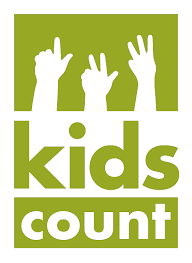![]()

Nebraska ranks 9th nationally in overall child well-being, according to the 2024 KIDS COUNT Data Book, a 50-state report of recent data developed by the Annie E Casey Foundation to analyze how kids are faring in post-pandemic America.
Despite its high overall ranking, some of Nebraska’s numbers in key indicators of child well-being, such as the percentage of children in poverty, have fallen at a faster rate than the national average.
Josh Shirk, Research Coordinator of Voices for Children in Nebraska – the state’s KIDS COUNT network member, says the data show Nebraska leaders must do more to prepare children to learn so they are ready to earn when they reach adulthood.
The annual Data Book presents national and state data from 16 indicators in 4 areas: economic well-being, education, health, and family and community factors.
Nebraska was 5th in economic well-being – ranking 1st there in lowest percentage of teens 16-to-19 not attending school or working and 4th in the nation in percentage of children living in families where no parent has full-time, year-round employment
On the other hand, the child poverty rate jumped 27% from 2019-2022, rising from 11% to 14% at a time when the rate dropped 6% nationally.
Shirk says “Nebraska failed to step up and provide crucial assistance coming out of the COVID-19 pandemic,” especially when economic supports such as boosts to federal child tax credits ended in 2021 and 2022.
Voices for Children in Nebraska Executive Director Juliet Summers is also worried that the state average masks disparities for some groups such as children attending low-income schools or from low-income families or racial minorities.
The percentage of 4th-graders reading below proficiency rose 5% in Nebraska from 2019-22 with just 19% of those receiving free or reduced price school lunches meeting the compared to 45% of those not on those programs.
Only 14% of Black 4th-graders and 19% for Hispanic children met the reading proficiency standard compared to 42% of white 4th-graders. Summers says “We must do better to ensure our children’s basic needs are met, so that they are coming to school equipped to learn and thrive.”
